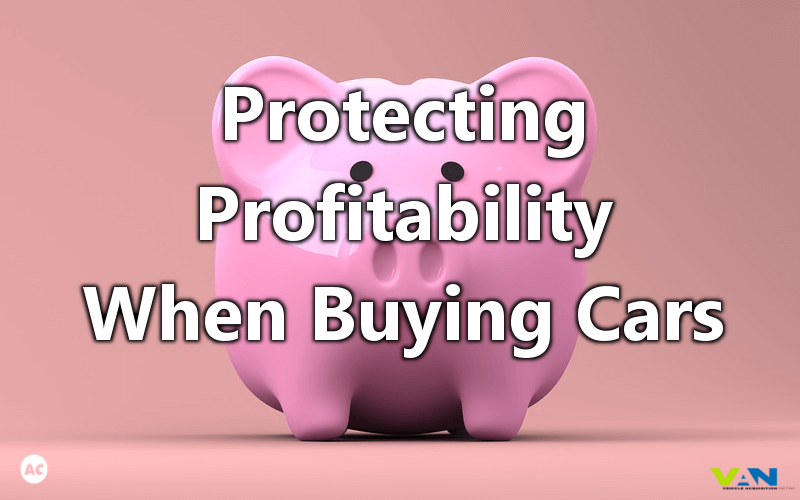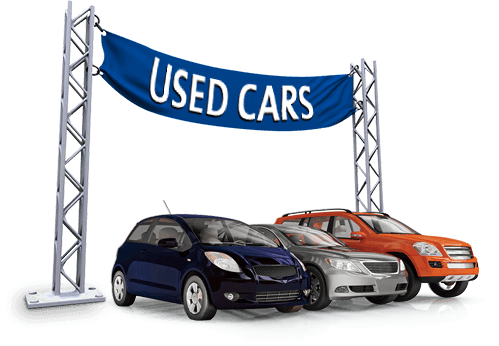Customers Expected to Buy Fewer Cars but 'More Vehicle'

Customers Are Expected to Buy Fewer Cars but 'More Vehicle' in 2018
Projections for 2018 appear to be focused on quality over quantity. That's the message coming out of the North American International Auto Show. So, what does that actually mean? It means while sales aren't expected to exceed - or even meet - the 2017 levels, dealers can still see growth if they offer better vehicles. In 2017, there were 17.1 million vehicles sold in the US. Industry experts and forecasters agree that figure is likely to drop this year and probably won't hit the 17 million mark. Cox is projecting sales around 16.7 million.
Jonathan Smoke, Cox Automotive chief economist, put it simply as "This will be the year of consumers saying, ‘I want more vehicle,’ not necessarily a year of incremental sales increases.”
For dealers, that means finding cars that offer true and obvious value. Vehicles with not only great safety or reliability ratings, but also plenty of high-quality amenities to give divers a better experience.
If you need any convincing that customers want value and luxury for their car-buying dollars, you only need to look to the evolution of the pickup truck. It was the choice example used by Smoke and Rebecca Lindland, Kelley’s executive analyst, in a discussion at the conference.
Pickups used to be the prime example of function over form. They were tough, rugged, reliable, but they weren't know for delivering a comfortable ride, much less anything approaching luxury. But that's simply not true today.
Lindland pointed out “GMC offers eight different trim lines and customization [and] prices are $58,000 (and higher), because people want all the amenities.” Smoke added that he expects to see trucks outperform on both price and profits because "The No.1 psychographic of Ford F-150 buyers is they want luxury in the vehicles.”
So it appears in 2018 the motto won't be More Sales, but Better Sales.
Read the full story at WardsAuto
Why You Shouldn't Focus on Gross Profits
Speaking of looking at sales differently, John Griffin recommends not caring too much about gross profits - though he does add a qualifier to that recommendation. “That doesn’t mean I don’t want gross profit, it means I can’t manage it, so instead I manage things that drive it. It’s a matter of focusing on the metrics that drive the desired results.”
Griffin believes too much energy is spent focusing on that end result - gross profits - when it's the one part of the equation you simply can't control. "You start with the objective and move backward,” he suggests, “Don’t focus on the results, focus on metrics that drive the results.”
Griffin isn't some marketing e-book flash in the pan guru of the moment either. He has a history mired in the automotive industry; from his first job as a lot attendant in a Ford dealerships to the two decades he spent managing dealerships large and small. But he still doesn't see himself as a car guy necessarily. Instead, his passion is business so he says he sees cars as "an investment". He explains his approach simply, "I applied what I learned in business school by looking at metrics that make a difference and using them to get to your goals. What do you manage? What levers do you pull?”
That pursuit of metrics prompted him to agree to beta test an early version of a software product in 2005. As the software developed, so did Griffith and by 2006 he was looking to move from Minneapolis to Chicago which meant he was also looking for a job. He was still testing that new software and the company's founder offered him a job to help grow the then fledgling software company vAuto.
vAuto continued to grow and, when it was bought out by Cox Automotive in 2010, Griffin became the vice president of their performance management software group. He also works with dealers across the country to talk about different strategies, best practices and process engineering.
His advice is to be aware of and clearly define the result you want, but not to focus on them directly. “You start with the objective and move backward. Don’t focus on the results, focus on metrics that drive the results," he tells people, "Decide what you want to accomplish, then build a strategy to get there, then a process to manage the strategy. Then look at what data and functionality is relative to that activity."
Read More about his advice in his interview on Wards Auto





